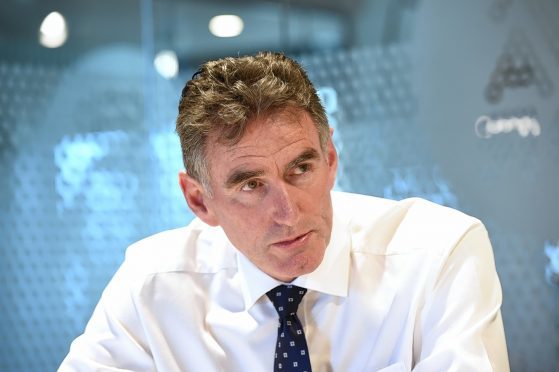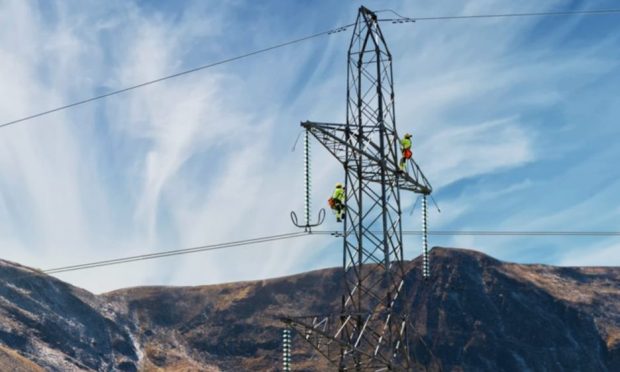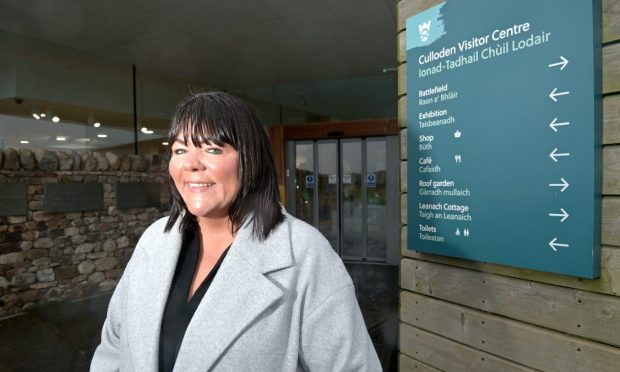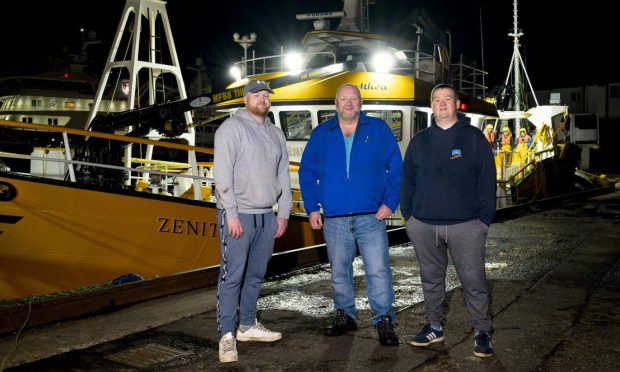Ross McEwan is accustomed to making the headlines, but not always for the right reasons.
Since he took over as chief executive of the Royal Bank of Scotland (RBS) in 2013, the story has tended to be about “legacy” issues stemming from the lender’s torrid days as a banking crisis basket case. Earlier this month the bank, which remains 73% owned by the taxpayer, revealed another £2billion loss in the first half of its financial year as it continued to make contingencies to pay out for a decade of mis-sold financial products and underwrite a series of litigations running against it.
In a stop over in Aberdeen yesterday, the easy-going New Zealander admits there is still a “long way to go” until the bank emerges back into the good books.
Mr McEwan is nearing the third phase of a five year project to complete the bank’s rehabilitation up to the year 2020. And there are some good signs. He points to the less-reported half year figures, such as that RBS was the UK’s largest net lender with a £20billion book – a “far cry from three years ago when we were being accused of not putting any money into lending”, he says. Lending to small businesses (SMEs) in the first half was up 50% on the same period last year.
“We were the fastest growing bank in the first six months of this year,” says Mr McEwan. “We are there – as long as it is a good lend. As long as we aren’t lending on someone’s whim that isn’t going to get a repayment back to us – that is what banks have to look at.”
For oil and gas supply chain firms in the north of Scotland struggling with cash flow problems, bankers are not generally seen as supportive as they could – or should be.
But Mr McEwan denies that RBS is being too quick to pull the rug from underneath its oil and gas clients, mainly because it is sanguine about the sector’s mid-term future.
“You are not seeing a bust here you are just seeing a drop in price,” he says.
“In three-plus years it will move back up again because it is a global commodity.
“What we are seeing is a reasonably robust economy as it reworks itself to get a lower cost base. As prices increase dramatically costs creep into it. Costs need to come out to make sure it is a profitable business. That is the adjustment you are seeing now.
“Unemployment has certainly gone up, but it hasn’t had an unemployment level here for probably a couple of decades. All of a sudden you are seeing that so that is part of an economy reshaping itself. Long term, oil and gas will be fine. Prices will quietly over time increase.
“We have been here chatting to our people who deal in the industry. We saw Sir Ian Wood this morning, because he is a doyen of the oil and gas industry. It was really interesting getting his views.
“Will the price of oil go back to $110-$120? I don’t think so. Will it get to $55-$65 – I would have thought so.
“Banking is having to go through exactly the same, having to cut our cloth depending on our income levels as well.”
Mr McEwan has been on a tour – in Inverness last week, on the Isle of Lewis over the weekend and then in the north-east yesterday. In his meetings with the industry, did they give him a hard time about being a miserly lender?
“We haven’t been pulling lines (of credit),” he insists. “We have been working with operators. We know that this is a tough time and they have to readjust.
“You will see some that won’t make the grade. But most will.
“You have some fantastic technology, got some great operators that work on a global platform.
“The fact we as a bank are focused on the UK and the Republic of Ireland as our primary markets means we have stayed a very strong supporter.
“This is home, this is where our resources are going. This is where our capital is being deployed.”
Like firms in the oil and gas sector, the bank too still has to strip out costs. RBS it is facing its own drop in revenue – near zero interest rates.
He says: “Effectively half of your balance sheet doesn’t make any money – how do you readjust your own business to accommodate it? Banks have lots of capital involved which is owned by investors – it is no different to any other industry around the world.
“You have to reshape them. That is what is happening in banking at the moment – not just here but around the globe.”
Having already stripped our £1billion in annual costs and cut thousands of jobs in recent years, Mr McEwan still has some lifting to do in this regard.
“Our costs to income ratio are still far too high,” he observes.
He has continued on the path to reducing the bank’s costly footprint outside of the UK – the bank has pulled its business out of 25 countries since its disastrous takeover of Dutch bank ABN Amro, believed by many to have led to the bank’s near collapse in 2008. But he says that there are still areas in RBS’ core UK and Ireland banking business that are “not efficient”.
Bank branches are still set for culling, he admits. And while his impressive facts demonstrating how the number of people visiting branches are 45% of what they were five years while customers using its mobile banking “app” has quadrupled, this does nothing for people in rural areas across the north where the village bank has closed and who can’t get a mobile phone signal for love nor money.
“We still have the second largest branch network, but there are less of them and the shape of them are changing as well,” he says.
“We will have less branches. But what we have been doing is reshaping where customers can interact with us.
“Up here in the north we have 15 mobile vans that get around to 300 communities in a week.
“If you have a branch, it is stuck in one place. With a mobile van I can get to six communities in day.
“The first mobile van was ours – it was 1946 when the first mobile van was put in place. We have been the innovator of being where customers need us to be.”
Earlier this week, Mr McEwan hit the headlines again – this time for reiterating the bank’s long held view that if Scotland were to vote for independence in second referendum, RBS would have to move its registered office to London. His comments caused a small furore with both opponents and supporters of “indyref II”.
He points to the fact that the bank already has two head offices – one in Gogarburn in Edinburgh and one in London. The move would be a name-plate exercise, he says, which wont affect the bank’s staff.
“We have 12,000 staff in Scotland.
“It is the registered office we have signalled we would have to move. That signifies where you do your funding from. It is where were your last resort is, who is going to lend you the money should things get really tight.
“To be quite honest the size of Scotland compared with our balance sheet would still be too big a balance sheet to stay in Scotland – which would then impact our rating which would then impact the cost of money to the people in Scotland. It works all around. We have never said we are moving staff.”










